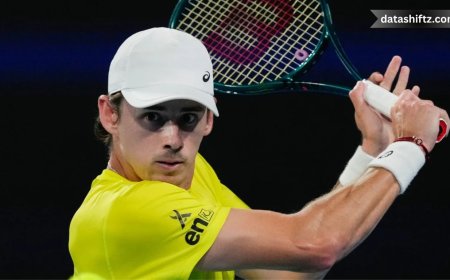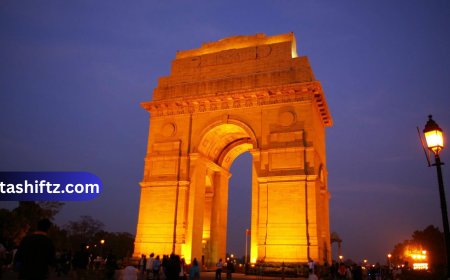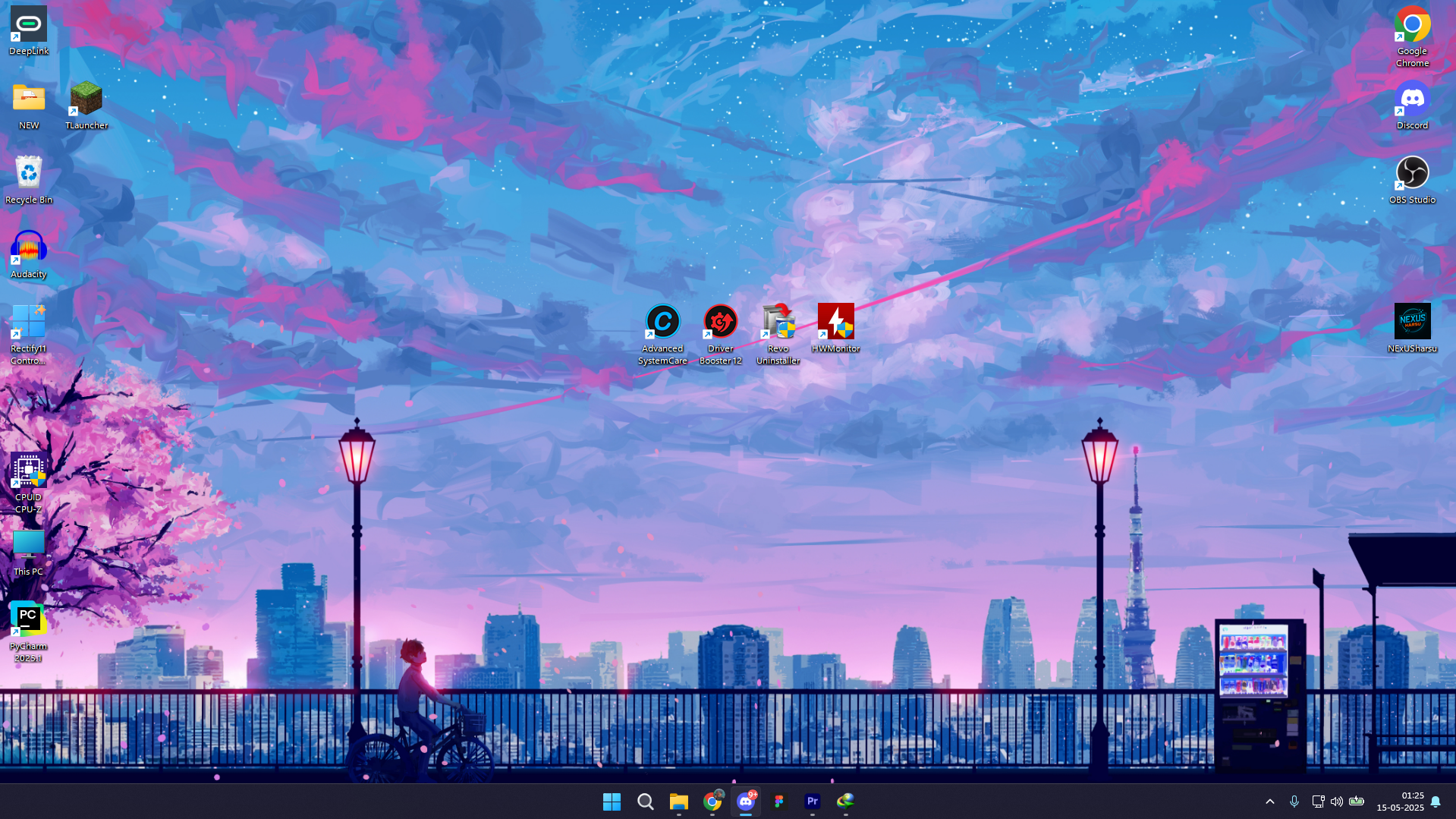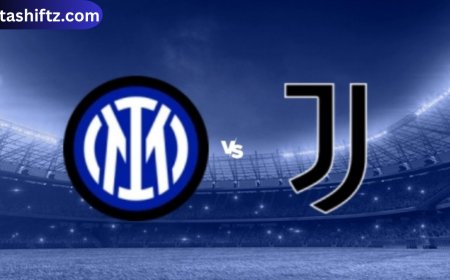Rafale Fighter Jets: A Comprehensive Overview
Introduction
The Dassault Rafale, a French twin-engine, multirole fighter aircraft, has emerged as a cornerstone of modern aerial warfare. Designed and built by Dassault Aviation, the Rafale is renowned for its versatility, advanced avionics, and combat-proven performance. This article delves into the Rafale's development, technical specifications, global operators, and its role in contemporary conflicts.
Development and Design
Origins and Evolution
Initiated in the mid-1970s, the Rafale project aimed to create a next-generation fighter to serve both the French Air Force and Navy. Following the collapse of a European collaborative effort, Dassault Aviation proceeded independently, leading to the Rafale A demonstrator's first flight in 1986. Subsequent prototypes refined the design, culminating in the Rafale C (single-seat), B (two-seat), and M (carrier-based) variants.
Technical Specifications
| Specification | Details |
|---|---|
| Manufacturer | Dassault Aviation |
| Role | Multirole fighter aircraft |
| Engines | 2 × Snecma M88-2 turbofans |
| Maximum Speed | Mach 1.8 (approx. 1,912 km/h) |
| Combat Radius | 1,850 km with external fuel tanks |
| Service Ceiling | 50,000 ft (15,240 m) |
| Armament | 30mm cannon, air-to-air/ground missiles, bombs |
| Avionics | RBE2 AESA radar, SPECTRA EW suite |
Global Operators
The Rafale has been adopted by several nations, each integrating the aircraft into their defense strategies:
France
As the primary operator, France employs the Rafale across its Air and Space Force and Navy. The aircraft serves in various roles, including air superiority, ground attack, and nuclear deterrence missions.
India
India's procurement of 36 Rafale jets for the Air Force marked a significant modernization step. In April 2025, India signed a $7.4 billion deal for 26 additional Rafales tailored for naval operations, aiming to bolster maritime security and reduce reliance on Russian equipment.
Qatar
Qatar has integrated 36 Rafales into its fleet, enhancing its aerial capabilities amid regional security concerns.
Egypt
Egypt operates 54 Rafales, utilizing the aircraft to strengthen its defense posture and project power within the region.
Greece and Croatia
Greece and Croatia have turned to the Rafale to replace aging fleets, with Greece acquiring 24 and Croatia 12 jets. These acquisitions align with NATO standards and reflect a shift towards advanced multirole platforms.
Operational History
The Rafale has demonstrated its prowess in various combat scenarios:
-
Afghanistan and Libya: French Rafales conducted precision strikes and reconnaissance missions, showcasing their versatility.
-
Mali: During Operation Serval, Rafales provided critical air support against insurgent forces.
-
India-Pakistan Tensions: In May 2025, amid escalating tensions, Pakistan claimed to have downed three Indian Rafales during cross-border skirmishes. These reports, however, remain unverified by independent sources.
Key Features
The Rafale's advanced systems contribute to its combat effectiveness:
-
SPECTRA Electronic Warfare Suite: Provides comprehensive threat detection and countermeasures.
-
RBE2 AESA Radar: Offers superior target tracking and engagement capabilities.
-
Multirole Flexibility: Capable of air-to-air combat, ground support, reconnaissance, and nuclear deterrence missions.
-
Carrier Compatibility: The Rafale M variant operates from aircraft carriers, expanding operational reach.
Advantages and Considerations
Advantages
-
Versatility: Performs multiple roles without compromising performance.
-
Advanced Avionics: State-of-the-art systems enhance situational awareness and mission success.
-
Interoperability: Compatible with NATO standards, facilitating joint operations.
Considerations
-
Cost: Higher acquisition and operational costs compared to some contemporaries.
-
Export Challenges: Competition from other manufacturers and geopolitical factors can impact sales.
Future Outlook
The Rafale continues to evolve, with ongoing upgrades and interest from potential buyers:
-
Indonesia: Signed a contract for 42 Rafales, with deliveries expected to commence soon.
-
United Arab Emirates: Placed an order for 80 Rafale F4 variants, indicating confidence in the platform's capabilities.
-
Technological Enhancements: Future upgrades include improved sensors, weapons integration, and potential satellite deployment capabilities.
Conclusion
The Dassault Rafale stands as a testament to modern aerospace engineering, offering a blend of versatility, advanced technology, and combat readiness. Its adoption by multiple nations underscores its reliability and effectiveness in diverse operational contexts. As global security dynamics evolve, the Rafale is poised to remain a key asset in air forces worldwide.






























